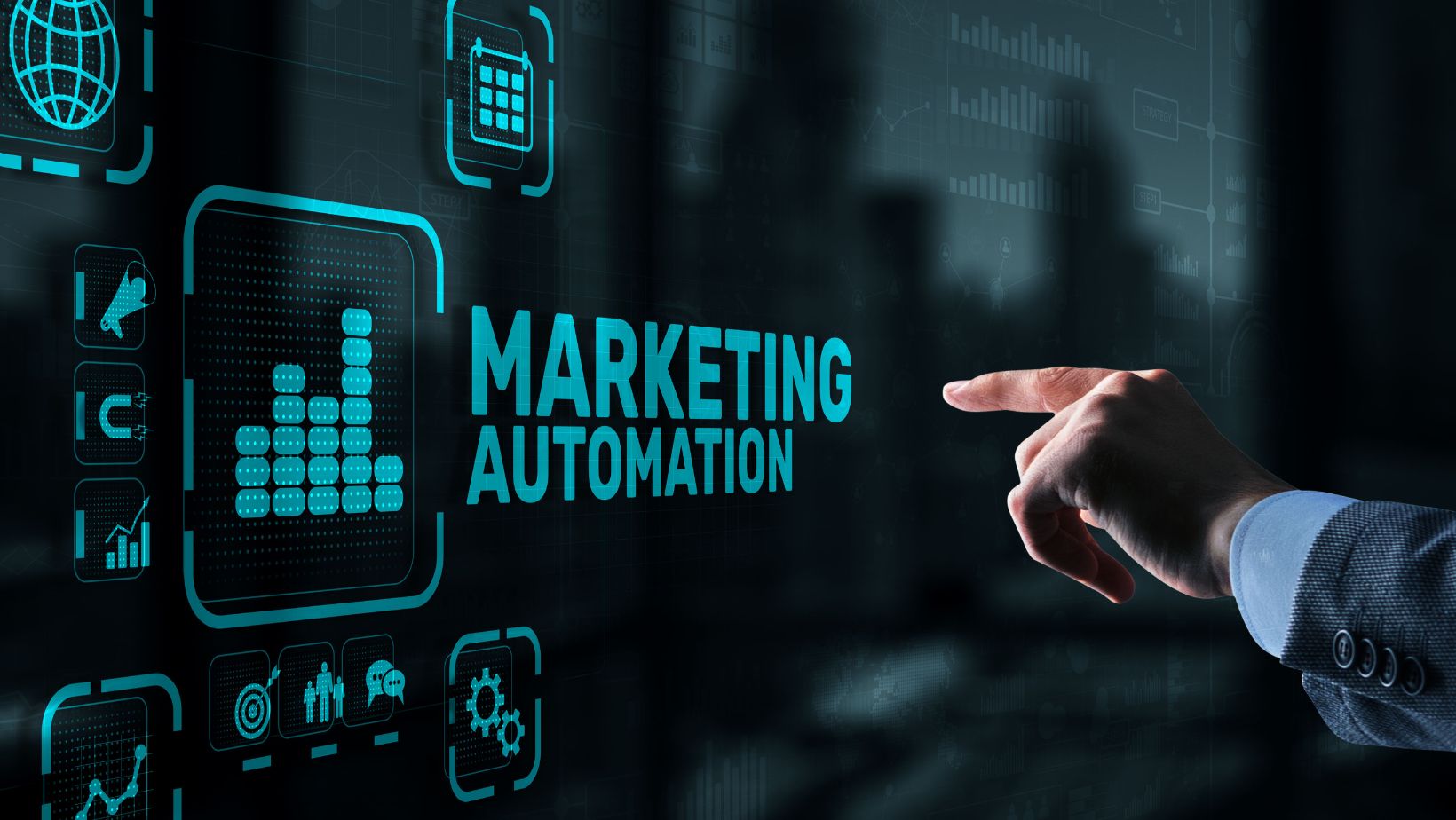You may have already noticed that marketing automation doesn’t exactly scream “personal touch”, right? The truth is it often brings to mind quite the opposite: a robotic system running on its own, a far cry from human interaction. The promise of saving time and scaling communication is always a good thing for business, but it’s only one side of the coin. And, well, you have to pay attention to both sides.
When handled poorly, automation makes a brand feel distant from its clients, which is bad, since customers can spot a generic message from a mile away and quickly give up. It doesn’t mean you have to forget the qualities of automation, just you have to do it with soul. The goal is to use technology as a megaphone for your unique voice, allowing you to deliver personal messages on a scale you could never manage by hand.
So, how do you get it right? Let’s dive into how you can keep your marketing automation strategy genuinely human.
Finding the balance between efficiency and personalization
Striking the right balance is where magic actually is. To get that, you can’t say no to technology’s efficiency, but you also can’t neglect the personal connection with people. Things won’t work properly picking just one or another, you must have both working together. Keep in mind that the best balance is the one where customers don’t even notice the automation.
You will only be able to do so when you get the right knowledge about your audience. It’s easy to forget they’re really people once you get used to seeing them as data on an automation tool, but it’s exactly about committing to see them as they are, not just names on a list.
Segmenting your audience for relevance
First things first, and pay attention because it’s really important: you’re not talking to a crowd, but to individuals. Your audience is a mix of people, and people have different needs, interests, and histories with your brand. Sending the same message to everyone is the quickest path to being ignored by almost everyone. Do you want to stay relevant to all? Smart segmentation is the key.
The most effective segmentation comes from behavior. Demographics are still important, but you won’t get what you need only with it. Behavioral segmentation is the one who will answer what really matters to your business: Who are your die-hard fans? Who made a single purchase and vanished? Who left a full shopping cart behind?
Each of these groups needs a different kind of conversation. By splitting them up, you can tailor your automated campaigns to feel incredibly personal.
Crafting messages that resonate
Once you know who you’re talking to, it’s time to think about what to say to them. The brand’s personality must be felt in each message, to express your identity and create loyalty. Don’t fall in the temptation to create generic content just because it’s easy to send to everyone. The technology is just the delivery service, but the voice behind it has to be authentic to get results.
This means dedicating time to write copies that goes beyond cliches and jargons. Of course you can use a customer’s first name, but why don’t you go deeper? Reference a past purchase or a recent interaction to show you’re paying attention – that’s a good example of how to combine technology with soul: a business that sets up a well-planned WhatsApp automation can send helpful reminders that feel less like a notification and more like a personal heads-up.
Even when you’re reaching out to a larger group, the personal touch matters. Instead of a public blast, sending a WhatsApp broadcast to a select customer segment delivers targeted info that feels like an exclusive inside scoop. The message is delivered at scale, but the context makes each person feel like they were meant to see it.
Implementing marketing automation with a human-first approach
A great strategy is one thing, but putting it into practice is the real test. This is where your human-first philosophy meets the road. It demands smart choices about what to automate and, just as importantly, what to leave in human hands.
You need to build a system that serves you, not the other way around. Your automation platform is a powerful tool, but its effectiveness boils down to the skill and intention of the person behind the controls. A human-first mindset keeps the focus exactly where it should be: on the customer experience.
Choosing the right moments to automate
One of the biggest mistakes is trying to automate absolutely everything. True wisdom is knowing where to draw the line. The best tasks for automation are the predictable, repetitive ones that add value without needing a deep, nuanced conversation. Think welcome emails, order confirmations, and shipping updates.
On the flip side, you have to protect the moments where a human touch is essential. Complex support tickets, big-ticket sales questions, or handling a complaint—these all require empathy and real-time problem-solving. Trying to automate these interactions is a recipe for frustration and can burn bridges for good. The beauty of a good marketing automation strategy is that by taking care of the routine stuff, it frees up your team for these critical, relationship-building moments.
Monitoring, testing, and iterating your strategy
Your marketing automation is never a “set it and forget it” deal. It’s a living part of your marketing that needs regular check-ups. Launching a workflow is just the start. From there, you have to watch how it performs, listen to what the data is telling you, and be ready to make changes.
Dive into the numbers. Are open rates great but clicks are low? Your subject line is working, but the message itself might be falling flat. Are people unsubscribing from a certain sequence? Maybe you’re sending too many emails, or the content just isn’t hitting the mark. Use A/B testing to try out different ideas. This constant cycle of testing and learning is what turns a rigid system into one that breathes and adapts with your audience.
Let technology amplify your voice, not replace it
So, what’s the big takeaway? Think of marketing automation as a megaphone for your brand’s voice, not a replacement for it. It’s an incredible tool for efficiency, but it will always lack the one thing that builds unshakable loyalty: genuine humanity. Your strategy, your personality, and your empathy are the soul in the machine.
By focusing on smart segmentation, writing messages that sound like you, and never stop testing, you can get the scale your business needs while delivering the personal touch your customers crave. The goal isn’t to sound less like a robot, but to sound more like a person—more like you. Let automation handle the mechanics so you can focus on what really matters: connecting with people.


